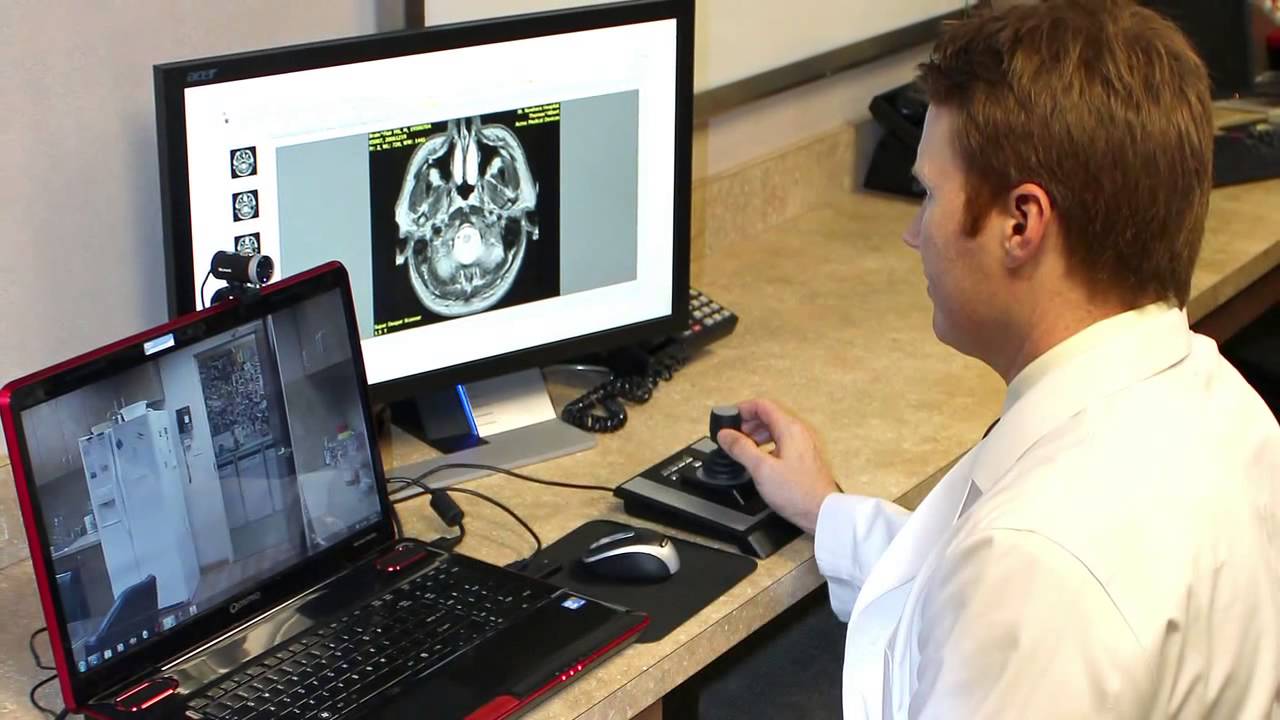Yes, the global healthcare market is undergoing rapid growth. Yet, many physicians are struggling to cut through the red tape required to facilitate telemedicine as part of their practice. Telemedicine as a practice adds new layers of complexity to day-to-day businesses operations and is currently a “necessary evil” of sorts. Medical care provided digitally is required to be of the same caliber as in-person care. In order to offer competitive services and get paid, physicians need to implement new systems, processes, and produce hard data and reporting to ensure compliance and streamline operations for their patients and practices.
According to The Model Policy for the Appropriate Use of Telemedicine Technologies in the Practice of Medicine provided by the Federation of State Medical Boards, here are some of the obstacles practitioners must address:
- Compliance with medical board telemedicine policies provided by each state
- Ensuring privacy of patient data and HIPAA compliance by implementing proper security measures
- Implementation of new systems, training and hiring of staff to determine patient eligibility
- Providing video conferencing call data is required for full insurance reimbursement
- Remaining competitive by offering financial assistance programs to patients
- Justifying the use of telemedicine in hospitals when the end result is a reduction in hospital stays
- Determining when a physician-patient relationship is established
Again, that’s just naming a few. The following mini guide will walk you through current challenges in telemedicine, offer helpful resources and solutions to solve for current obstacles.
Patient Demand for Telemedicine
Frost & Sullivan, a business growth consulting company, published a whitepaper titled,The Growing Use of Videoconferencing in the Healthcare Market. This paper highlights the influence of geographical locations and age trends on telemedicine demand and forecasts some interesting predictions. Additionally, Chiron Health, a leader in telemedicine reimbursement services stated,
“The emergence of telehealth in recent decades and the increased adoption by private practices, hospitals, and larger health systems has triggered an explosion in telemedicine-related legislation. In January 2015 alone, over 100 telehealth-related bills were introduced.” – Chiron Health
No matter what you read, you’ll find the demand for telemedicine is not going anywhere – but up! So, those practices who have not yet adopted this service or continue to ignore these issues will not be the ones to weather a temporary storm, but rather find themselves desperately behind when the dust starts to settle. It’s obvious, the benefits of telemedicine far outweigh the challenges as it provides patients; quicker access to specialists, strengthening of healthcare professional network, enhances doctor-patient communication, major time and travel savings for all parties, and the reduction of hospital readmissions.
You can’t ignore the demand any longer.
Obstacle 1: Specific State Policies
One of the complexities is that each state has specific telemedicine policies which must be met. As the value of telemedicine grows, more and more legislation will be written to provide equity between in-person and remote visits. As a resource, the Center for Connected Health Policy will be a great place to find in-depth information on legislation for both public and private healthcare programs and is a great resource for deeper information into each state’s policies.
Obstacle 2: Financial and Reimbursement Processes
The financial challenges involve reimbursement of funds, issues of how to pay doctors for long‐term care, and insurance reimbursement for services. When looking at reimbursement, it’s important to understand what types of programs and institutions are eligible and what that truly means. At its core, reimbursement in telemedicine requires insurance companies to pay the same fee for telemedicine services that would otherwise be covered with an in-person visit. Programs that could benefit vary from state to state but generally reimbursement is available through Medicare, Medicaid, Private Insurance, and Federally Qualified Health Centers. Here are some specifics to help increase your knowledge and iron out any kinks in your telemedicine offering:
Medicare: To be expected, Medicare reimbursement does have some more, specific limitations in which you should be aware of, including;
- limitations around eligibility
- modality reimbursement limitations (e.g. video conferencing, store-and-forward, remote patient monitoring, etc.)
- geographic limitations
- site requirements
Medicaid: Similar to Medicare, Medicaid reimbursement for many states have mandated reimbursement and there are several, including;
- proof of consent
- location requirements for reimbursement
- transmission/Facility Fees
- remote patient monitoring
- store-and-forward reimbursement
- synchronous video reimbursement
Private Insurance: From a private insurance reimbursement standpoint, a significant number of states have made reimbursement a mandate which is great for practitioners. However, there are still many states that haven’t made this mandate law – yet.
BONUS! Grant Programs: Also, be sure to check with your local provider and your insurance company prior to your consultation. I have also seen clinics and hospitals that are currently working under a here are 15 grant opportunities which may have allocated funds available to reimburse for the consultation in cases where the patient does not have insurance or their insurance does not cover the consultation.
Obstacle 3: Technology
In order to accomplish anything on the financial front or meet your state’s policies, you must heavily consider your technology. Telemedicine must be well integrated with electronic medical records, data must be accurate and accessible, and system interoperability must be efficiently maintained. To do this, your medical staff will have to be trained to be able to coordinate remote care, and will have to cope with legal liability, accreditation and licensing.
Additionally, the lack of interoperability between some video conferencing vendors, endpoints, and infrastructure can either cause friction or bliss. If not managed well, suddenly your practice is inundated with bits and pieces of information, broken processes, poor call quality, frustrated patients, and a negative return on investment. If managed well, you can offer your patients a service that is not only cost-effective, but it’s efficient on a variety of fronts.
Cutting Through The Telemedicine Red Tape
Ensuring your technology functions well, and provides the data you need in order to gain full reimbursement is critical to success. To get off on the right foot, you’ll want to do your due diligence to select the right set of video conferencing technologies for your business. There are a slew of video conferencing vendors out there to choose from, including;Cisco, Acano, Polycom, Vidyo, Pexip, etc. Naturally, each tool has it’s competitive advantage and specific tool set.
Now, depending on specific business needs, a single practice could require multiple technologies to best meet their end goals. On the business operations front, you’ll want to ensure the data from each of your video conferencing vendors is collected, analyzed, accurate and readily available. Data is the lifeblood of your telemedicine offering. You are required to share call details like; performance, duration, and end-user information to confirm your actively practicing and meeting state and insurance requirements.
Often, healthcare businesses find themselves leveraging additional analytics to ensure they can provide optimal call quality and have the information and reporting needed from their single or multi-vendor environments. However, many organizations struggle.
Specialists On Call (SOC), is a joint commission-accredited provider of telemedicine consultations dedicated to solving the national specialty physician shortage. This medical organization was challenged by;
- deliver high-quality services over 300 hospitals each with unique telemedicine environments
- proactively monitor video calls to ensure optimal quality
- create operational and compliance reports in a timely and efficient manner
- troubleshoot at scale without sacrificing time spent treating their patients
“With vAnalytics we can be even more proactive with our video network, allowing us to deliver the highest quality telemedicine services in the industry.” – Geoff Bricker, former Director of Information Technology at Specialists On Call, Inc.
View our quick video to learn more about how vAnalytics made a difference for Geoff and SOC.
In short, we recommend taking the time to plan, and invest in technologies that best serve your business needs. By taking a step back and looking at the big picture, the right investments can help streamline internal operations and the customer experience, and boost your business’s bottom line by removing friction points with the state and insurance companies.






